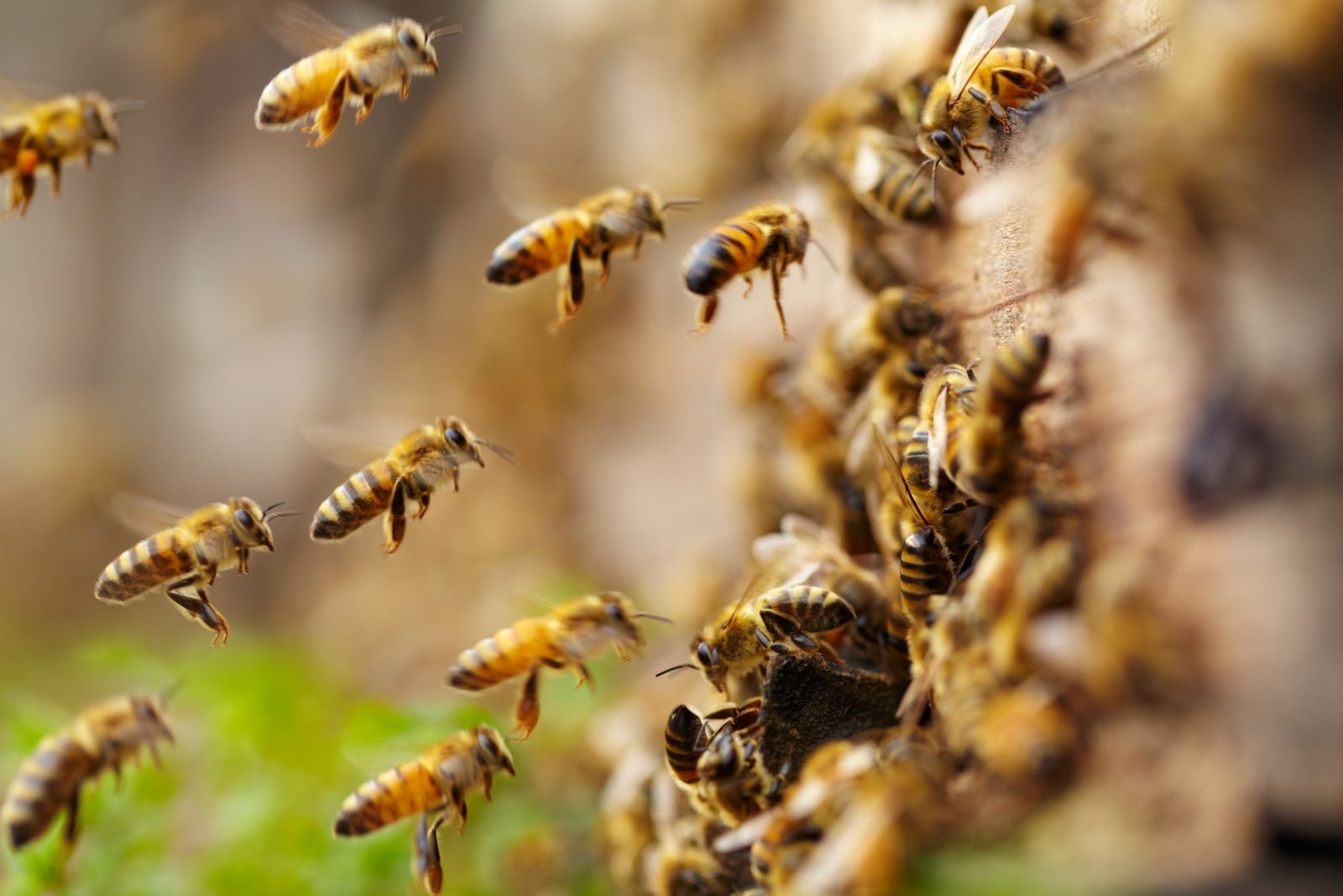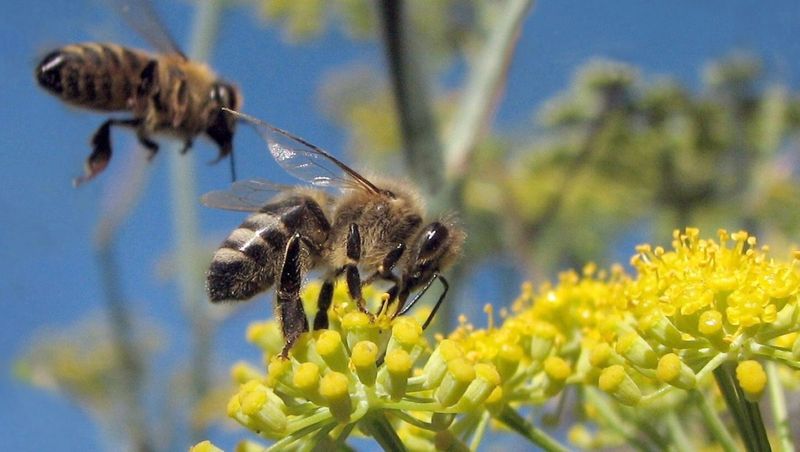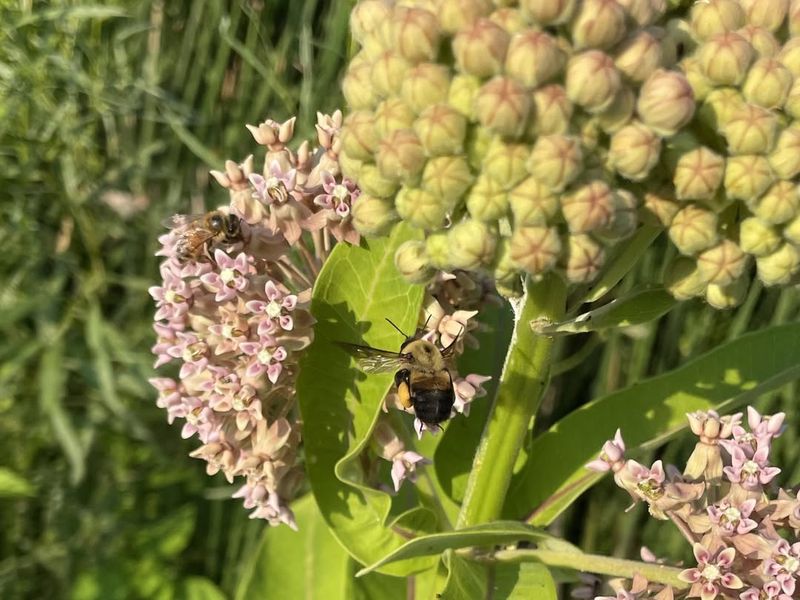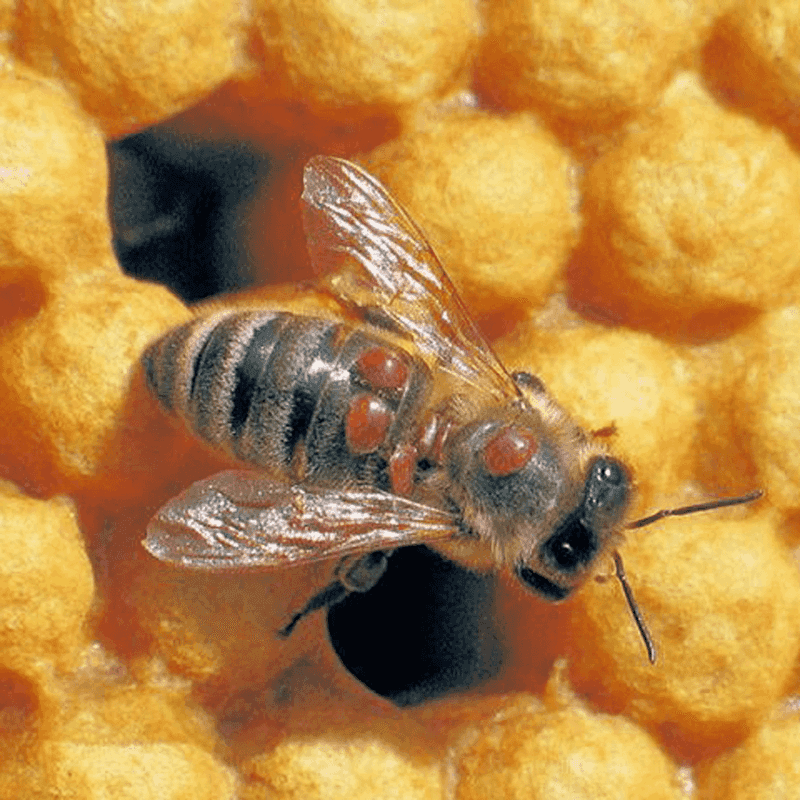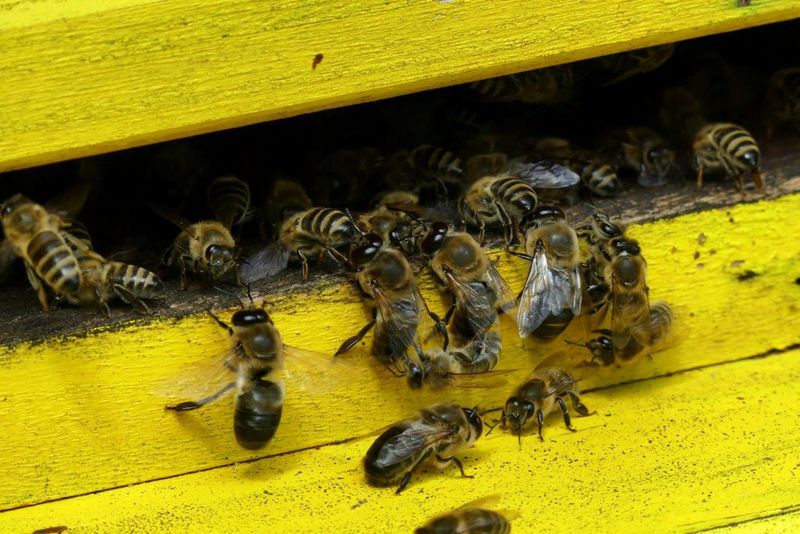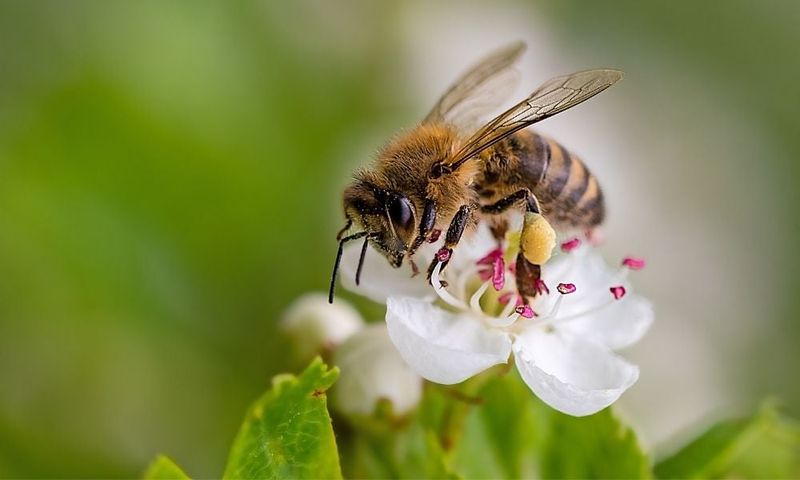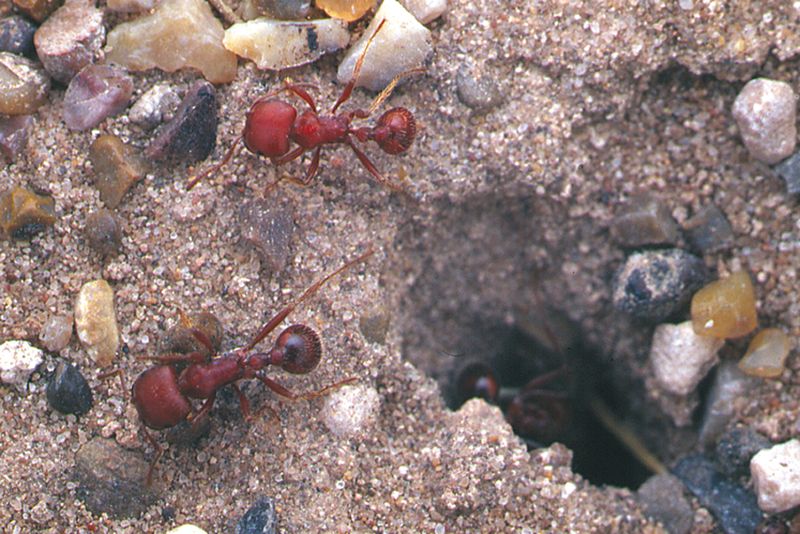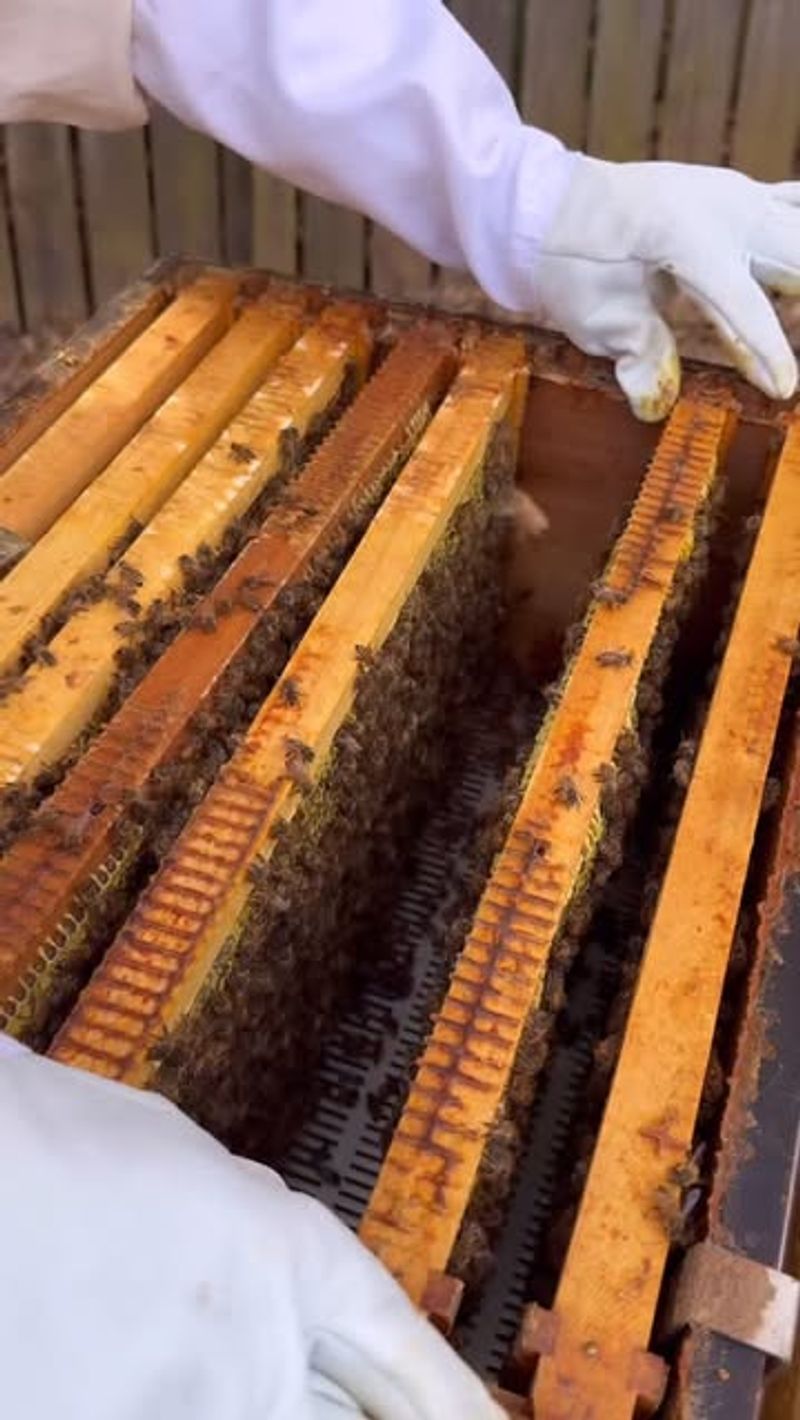Bees are essential to Texas agriculture and natural ecosystems, pollinating everything from wildflowers to crops that feed millions. Unfortunately, bee populations across the state have been dropping at alarming rates in recent years.
Understanding what’s causing this decline can help us take action to protect these vital pollinators and preserve the beauty and bounty of Texas landscapes.
1. Pesticide Use In Agriculture And Landscaping
Chemicals sprayed on crops and lawns don’t just kill pests—they harm bees too. Neonicotinoids, a common type of pesticide used throughout Texas, weaken bee immune systems and mess with their ability to navigate back to hives.
Even small amounts can be deadly over time. Many farmers and homeowners don’t realize how far these chemicals travel through air and water.
Choosing organic pest control methods and reading product labels carefully can make a huge difference for local bee populations.
2. Loss Of Native Wildflower Habitats
Texas once had vast stretches of wildflowers that provided bees with diverse food sources year-round. Urban sprawl and agricultural expansion have replaced these natural areas with buildings, roads, and monoculture fields that offer little nutrition for pollinators.
Without variety in their diet, bees struggle to stay healthy and reproduce. Native plants like bluebonnets and Indian paintbrush are disappearing fast.
Planting native wildflower gardens in your yard helps restore what bees have lost across the state.
3. Climate Change And Extreme Weather Patterns
Scorching summers and unpredictable freezes have become more common in Texas, throwing off the natural rhythms that bees depend on. Flowers bloom at odd times, leaving bees without food when they need it most.
Droughts dry up water sources that colonies require to survive. Extreme heat can literally cook bees inside their hives if they can’t cool down fast enough.
These weather extremes stress entire colonies and reduce their chances of making it through harsh seasons successfully.
4. Varroa Mites And Parasitic Infections
Imagine having a parasite the size of a dinner plate attached to your back—that’s what varroa mites are like for bees. These tiny pests latch onto bees and suck their blood, weakening them and spreading viruses throughout the hive.
Beekeepers across Texas battle these mites constantly, but they’re tough to eliminate completely. Infected colonies often collapse within months if left untreated.
Supporting local beekeepers who use mite management techniques helps keep bee populations healthier statewide.
5. Monoculture Farming Practices
When farmers plant only one crop across hundreds of acres, bees face a nutritional nightmare. Cotton fields stretching to the horizon might look impressive, but they don’t provide the variety of pollen and nectar that bees need to thrive.
After that single crop finishes blooming, there’s nothing left to eat. Texas agriculture has increasingly moved toward these large-scale monocultures for efficiency.
Encouraging crop diversity and planting hedgerows between fields gives bees more food options throughout growing seasons.
6. Urbanization And Reduced Foraging Areas
Cities like Houston, Dallas, and Austin keep expanding outward, paving over meadows and forests that once supported thriving bee communities. Concrete and asphalt don’t offer much for pollinators searching for food and nesting sites.
Even suburban neighborhoods with manicured lawns provide little value compared to natural spaces. Bees need diverse plants and undisturbed ground to build homes.
Creating pollinator-friendly spaces in urban areas—even small gardens or rooftop plantings—can help offset what development has taken away from Texas bees.
7. Invasive Fire Ants Competing For Resources
Fire ants aren’t just painful for people—they’re aggressive competitors that attack bee colonies and steal their food. Native ground-nesting bees in Texas are especially vulnerable since fire ants invade their underground homes and destroy developing larvae.
These invasive insects have spread across most of the state, pushing out beneficial pollinators wherever they establish colonies. Fire ants also damage flowers that bees rely on for nectar.
Managing fire ant populations responsibly helps give native bees a better chance at survival in Texas ecosystems.
8. Lack Of Public Awareness And Support
Many Texans simply don’t know how critical bees are or what threatens them daily. Without understanding the problem, people can’t take action to help—whether that’s planting better gardens, reducing pesticide use, or supporting bee-friendly policies.
Education makes all the difference. When communities learn about pollinator decline, they often rally to protect local bee populations through conservation efforts.
Spreading the word about bee conservation in Texas neighborhoods, schools, and online can spark real change that benefits pollinators statewide.

